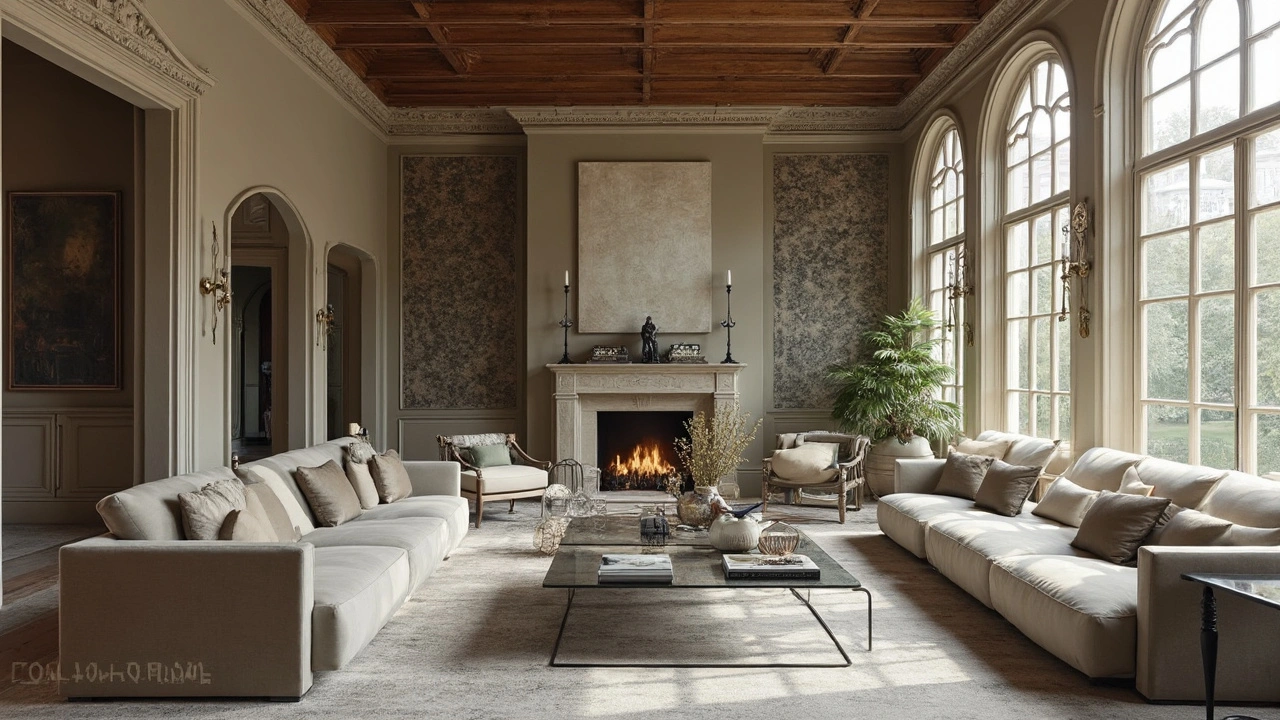Tired of cookie-cutter modern homes? Mixing colonial architecture with today’s design brings character and warmth that’s tough to beat. This article breaks down smart ways to weave classic colonial style into a fresh new home—without making it feel like a museum. Get real tips on what works, what doesn’t, and how to make your house stand out. Even small touches can bring in loads of charm.
Modern Home Design: Clear, Practical Ideas for Your Home
Want a modern home that looks fresh and actually works for daily life? Modern home design isn't about copying a catalog photo. It's about simple layouts, honest materials, smart light, and a few well-chosen pieces that do the heavy lifting. Below are concrete steps you can use whether you're renovating or just tweaking a room.
Core principles that make modern spaces feel right
Start with an open flow. Open-plan living or just removing one non-structural wall will make small homes feel bigger and let light move through. Keep sightlines clear—avoid blocking windows with tall bulky furniture.
Choose a neutral base palette: whites, warm greys, soft beiges. Add one or two accent colors in rugs, art, or a single piece of furniture to avoid visual clutter. Natural textures—wood floors, stone counters, woven fabrics—give modern rooms warmth without fuss.
Prioritize light. Large windows, simple window treatments, and layered lighting (overhead, task, and accent) turn a good design into a great one. Consider dimmers and LED fixtures for efficiency and mood control.
Keep clutter out. Built-in storage, clean-lined cabinets, and multi-use furniture (a bench with storage, a coffee table that lifts) keep surfaces calm and rooms readable.
Styling details and modern influences you can use
Mix eras carefully. A mid-century modern chair or a Bauhaus lamp pairs well with a contemporary sofa. Mid-century pieces add character without overwhelming a simple room. For sharper, tech-forward looks, borrow from high-tech architecture: metal accents, exposed structural elements, and glass create a sleek vibe.
Think small upgrades with big impact: swap old hardware for matte black or brushed brass, replace dated light fixtures with clean geometric designs, and choose larger-scale art to anchor a wall. In kitchens, open shelving plus one statement hood or tile backsplash modernizes without a full remodel.
Want something bolder? Neo-futurism and expressionist touches—curved furniture, sculptural lighting, or a dramatic staircase—work best as focal points. Use them sparingly so the space doesn’t feel chaotic.
Make it liveable. Add rugs for sound control and softness, use washable fabrics in family areas, and plan zones in open spaces (dining, lounging, working) with rugs and lighting. Smart home features—thermostats, lighting scenes, automated blinds—make modern living easier and can be added incrementally.
If you live in an older home, modern updates don't mean erasing character. Keep original trim or a fireplace and contrast with simple modern furniture for a layered, authentic look.
Curious how these ideas show up in real buildings? We cover mid-century modern, Bauhaus, high-tech, and neo-futurist examples in our articles—great for inspiration before you start. Which room would you modernize first?

